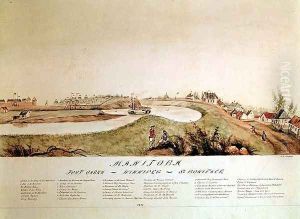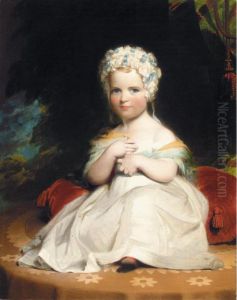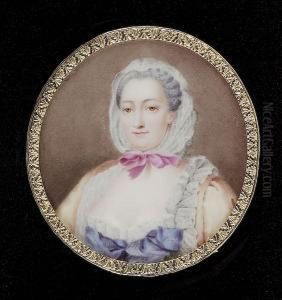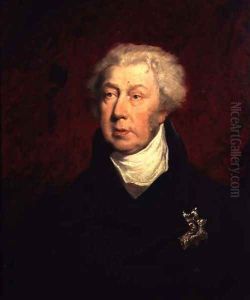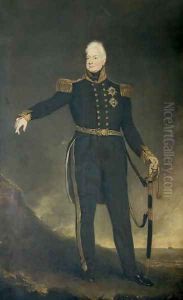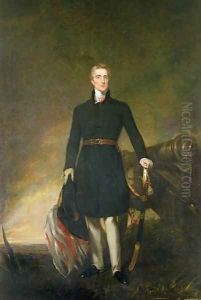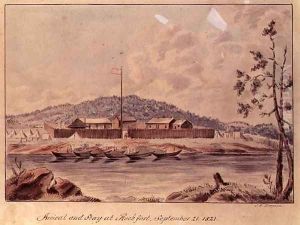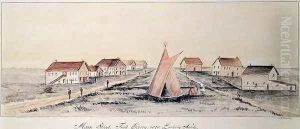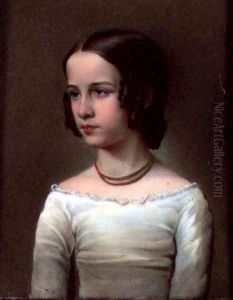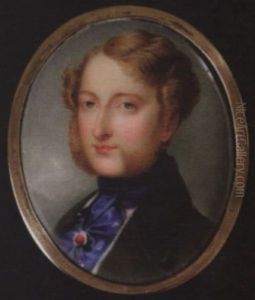John Simpson Paintings
John Simpson was an English portrait painter born in 1782 in the town of Stoke-on-Trent, Staffordshire. He exhibited a natural talent for drawing at a young age, which led him to pursue a career in art. Simpson moved to London to study at the Royal Academy Schools, where he honed his skills and began to establish himself as a portrait artist.
During his career, Simpson became known for his ability to capture the likeness and personality of his sitters, which included many notable figures of his time. His portraits were characterized by their fine detail, rich colors, and thoughtful compositions. Although he specialized in portraits, Simpson also painted historical and mythological subjects, demonstrating his versatility as an artist.
Simpson's work was well received, and he exhibited regularly at the Royal Academy from 1805 until his death in 1847. Despite the competitive nature of the art world in London during the early 19th century, Simpson managed to gain a respectable reputation and a clientele that appreciated his artistic style.
Sadly, Simpson's name is less well-known today compared to some of his contemporaries, and his works are not as widely recognized or celebrated. Nevertheless, his contributions to English portraiture during the Regency and early Victorian eras remain significant, and his paintings can be found in various art collections, including those of museums and galleries in the United Kingdom.
John Simpson passed away in 1847, leaving behind a body of work that continues to be studied and admired by art historians and enthusiasts of English portraiture.
